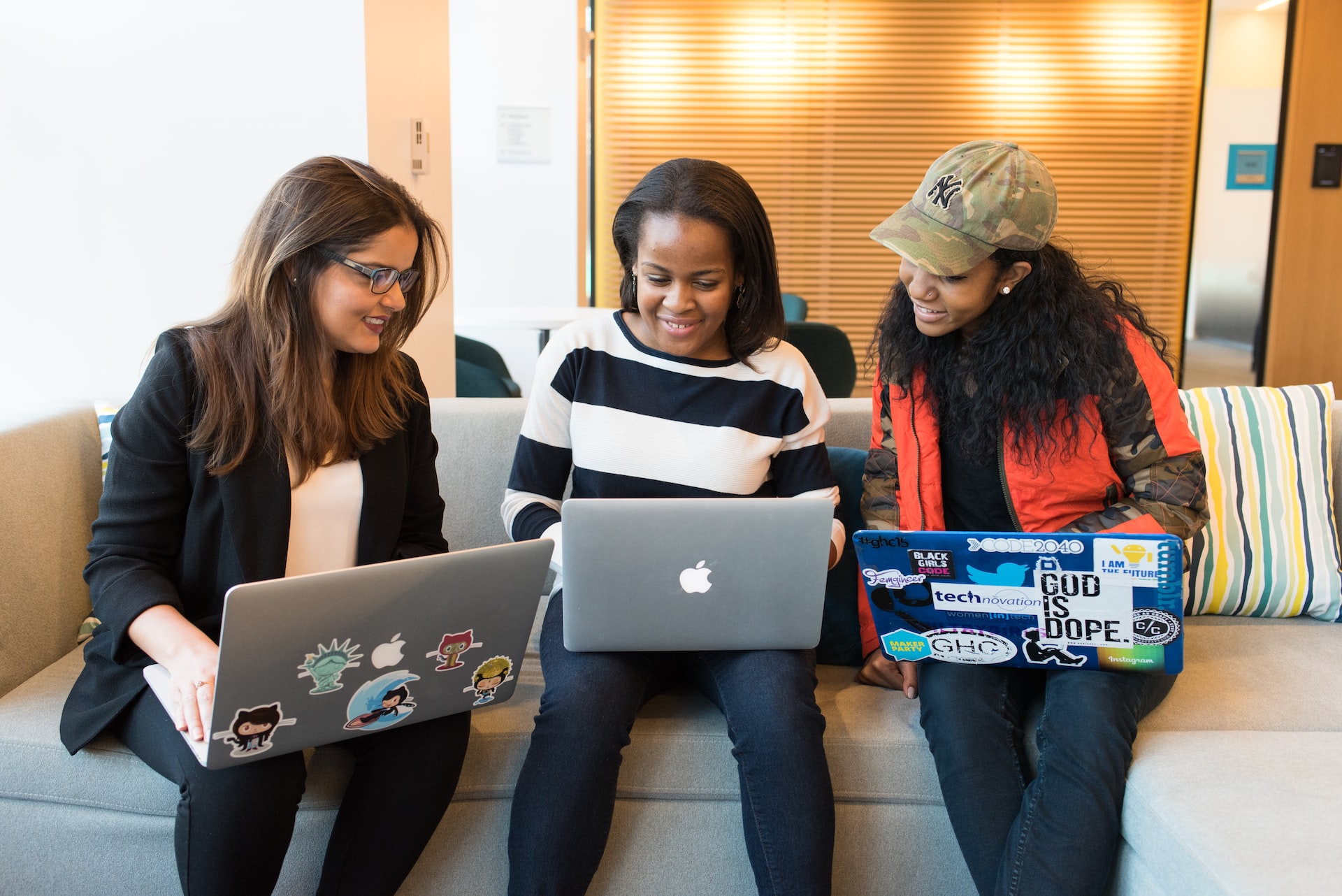High-impact practices, or HIPs, are teaching and learning practices that play a crucial role in student persistence and success.
These pedagogies significantly improve student outcomes, including student retention and completion rates. HIPs often involve fieldwork, service learning and other experiential learning opportunities that allow students to apply what they're learning in the classroom to real-world settings.
What are the High-Impact Practices (HIPs)?
The American Association of Colleges and Universities (AAC&U), a higher education membership organization, introduced the concept of HIPs. AAC&U aims to advance the democratic purposes of higher education through programs and events, publications and research, public advocacy and campus-based projects.
In support of this, HIPs are a set of 11 teaching and learning practices whose positive impact on students has been established by educational research.
- Capstone Courses and Projects
- Collaborative Assignments and Projects
- Common Intellectual Experiences
- Diversity/Global Learning
- ePortfolios
- First-Year Seminars and Experiences
- Internships
- Learning Communities
- Service Learning, Community-Based Learning
- Undergraduate Research
- Writing-Intensive Courses
These practices may take different forms depending on the unique characteristics of the student, educator and institution.
But according to the AAC&U, practices are designated as high impact "based on evidence of significant educational benefits for students who participate in them — including those from demographic groups historically underserved by higher education."
The Benefits of Community-Based Learning
The AAC&U recognizes service-learning or community-based learning as one of the 11 HIPs.
"In these programs, field-based 'experiential learning' with community partners is an instructional strategy — and often a required part of the course," writes the AAC&U. "The idea is to give students direct experience with issues they are studying in the curriculum and with ongoing efforts to analyze and solve problems in the community."
Service-learning, community-based learning and experiential learning can take many different forms, from direct service to internships. But each provides students with opportunities to translate learning into action and gain hands-on experience to contextualize academic learning. These programs also allow students to reflect on their service or experiential opportunities in the classroom.
Along with providing students with communication, critical thinking and problem-solving skills, they also prepare students for lives of engaged citizenship. Research shows that students who participate in service-learning courses are more likely to engage politically and report significantly higher levels of political efficacy.
According to the AAC&U, "these programs model the idea that giving something back to the community is an important college outcome and that working with community partners is good preparation for citizenship, work and life."
Increasingly, many higher education institutions are combining community-based learning with digital badging to provide students with a structured track to learn, measure progress and record achievement. This correlates with a second HIP: ePortfolios.
Streamlining Community-Based Learning
The AAC&U is one of many institutions to recognize the benefits of community-based learning.
Numerous studies have found that students who participate in service during college or university experience favorable outcomes. These include higher GPAs, increased retention rates, greater degree completion rates, a deeper connection with faculty and staff and a better understanding of course materials.
If your institution offers service- or community-based learning programs, you'll need a system to manage opportunities, track participation and measure your impact.
GivePulse provides an all-in-one solution to streamline the logistics of managing community partnerships and tracking student engagement in service-learning courses.
Professors, teachers, educators, staff and community-engagement centers use GivePulse to manage, register, schedule, track and communicate with student participants, collect reflections and gather and analyze data — all on a platform that seamlessly integrates with any learning management system (LMS).
Ready to empower your students and uplift your partners by streamlining your institution's community-based learning initiatives? Schedule a demo with GivePulse today!
About GivePulse
GivePulse's mission is to enable everyone in the world to participate and engage in lifting their community to new heights. We do so by providing a platform to list, find, organize and measure the impact of service-learning, community engagement, philanthropy, corporate social responsibility and volunteerism.
Founded in 2012 in Austin, Texas, GivePulse works with 650,000+ groups, including colleges and universities, nonprofits, businesses, K-12/school districts and cities and municipalities. Together, we connect millions of people in an effort to create positive social change.
Start making a difference today by visiting www.givepulse.com.

